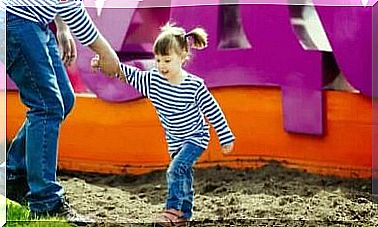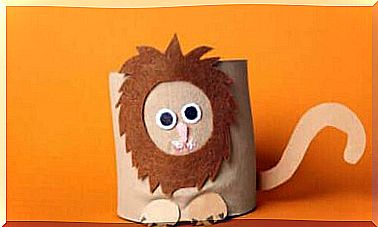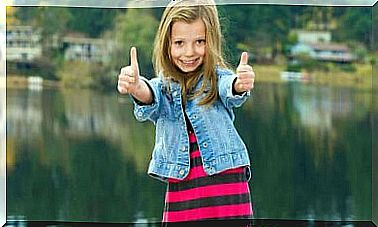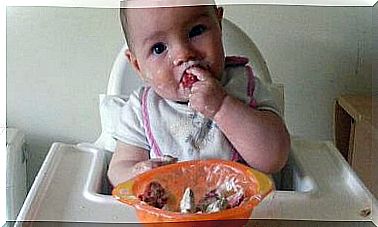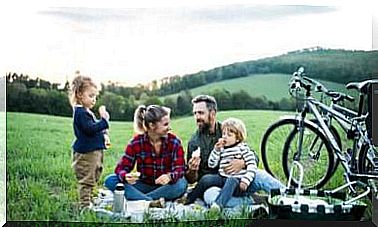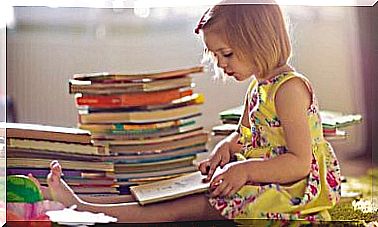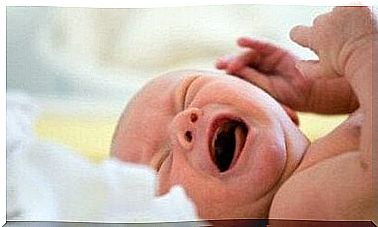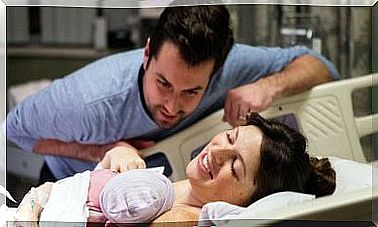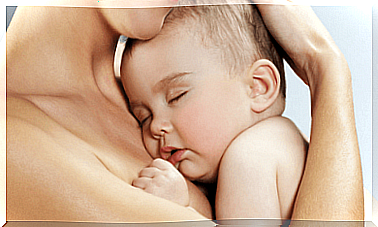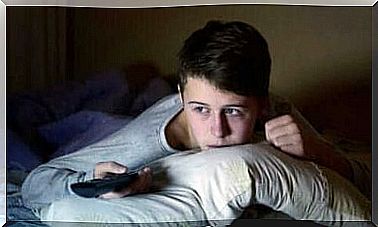4 Water Experiments For Children
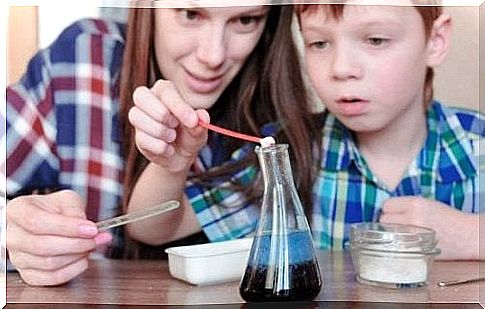
It is important that your little ones learn about the basic laws of physics and chemistry. What better way to learn this by doing fun games and experiments with water?
There are simple experiments you can do at home with your kids. With these experiments you can teach them about the magical world of science in a fun way.
The best way to explain science is to experiment. It is great for children as it awakens their curiosity and interest in scientific phenomena.
Experiments with water for children
Here are some science activities you can enjoy together as a family at home:
1. Runaway Pepper
For this experiment you will need the following:
- Water
- A bowl
- Grinded pepper
- Liquid soap
Procedure:
- First add a little water to the bowl.
- Then sprinkle the pepper over the water until it coats the surface.
- Then take a small drop of liquid soap and put it lightly on your finger.
- Then touch the surface of the water with your fingertip.
When you perform this last step, you will see that the pepper moves quickly away from where the soap has touched the water. Some will sink to the bottom and others ‘walk’ to the edges of the bowl.
What is happening?
The water molecules are connected by bonds. This allows the surface layer to contain a light substance.
This is called surface tension and this keeps the pepper afloat. Subsequently , the cleaning agent reduces this tension by disrupting the connecting forces.
When that tension is broken and the pepper has no way of sustaining itself, it separates. It then goes to the bottom or to the edges of the bowl.
2. Rainbow in a bottle
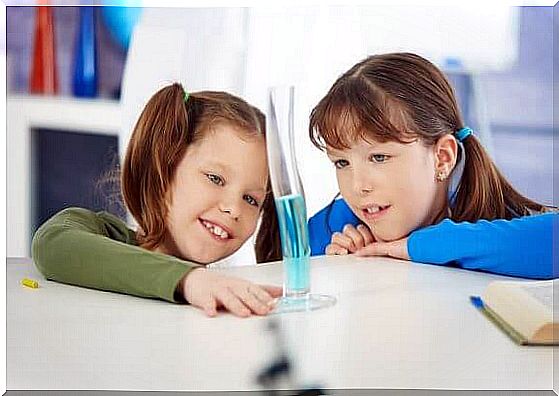
You need this:
- A transparent plastic bottle
- Honey
- corn syrup
- dishwashing liquid
- Water
- Alcohol
- Different food colorings
Procedure:
- First, add color to the corn syrup, water, oil and alcohol. Use a different color for each liquid.
- Then pour the liquids into a bottle. Start with the honey, then proceed in this order: corn syrup, dish soap, water, oil, and alcohol. Use a good amount to form a layer of at least 1 centimeter.
- The liquids should be in layers. So be careful not to mix them. They form a beautiful rainbow that you can admire in the light.
What is happening?
The molecular strength of solids, liquids and gases is measured by density. Each substance has its own density and this experiment shows the different densities of the liquids.
Liquids with more molecules, so more density, are heavier. They sink to the bottom without mixing with the other liquids. Others that are lighter stay on top.
3. Water cycle
For this experiment you will need the following:
- A transparent plastic bottle
- Water
- Blue food coloring
- Felt tip pens
Procedure:
- First, draw the sky with the sun and some clouds at the top of the bottle.
- Then pour some water into the bottle, fill it about halfway and cover it.
- Then put the bottle in the sun for a while.
- The water at the bottom of the bottle evaporates when the sun heats it. Then it rises and forms water droplets at the top of the bottle.
What is happening?
This bottle shows a simple part of the water cycle. The sun heats it up and the water rises into the atmosphere in the form of water vapor. It creates the clouds that store it.
The vapor contained in the clouds condenses. Then when it comes in a cold stream of air, it falls down in the form of rain. This is one of the best water experiments for kids.
4. Running water
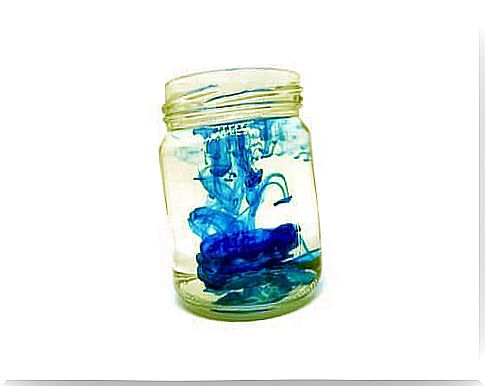
The materials for this experiment are:
- Water
- 3 transparent containers of the same size
- Kitchen paper
- Blue and yellow food colorings
Procedure:
- First, fill two of the containers halfway with water.
- Then mix the water in one of the containers with yellow food coloring and the other with blue.
- Then line up the three boxes (the empty one in the middle).
- Then fold two pieces of paper towel to make strips.
- Place one end of the strip in the container with the yellow water. Then place the other end in the empty container. Finally, do the same with the blue water container.
Watch as the water is transferred to the containers via the kitchen roll. Your kids will love watching it turn green.
What is happening?
The water molecules are united with each other and with everything they come into contact with. This is called bonding. Capillarity is also important here, as it is the ability of liquids to move through the spaces of a porous material.
So with these experiments with water , children can see how the molecules stick to the kitchen roll. They can also see how it adheres to the rest of the fluid. In addition, they see how two primary colors combine to create a new color.
Water is the essence of our life and our planet. Through these experiments with water, children can learn about the importance of the functions and properties of water.
This type of activity is both economical and fun. They are also very educational, which makes them very important.
Therefore, enjoy discovering the world with your child, without having to leave your home. Open the door to the incredible way of science!
